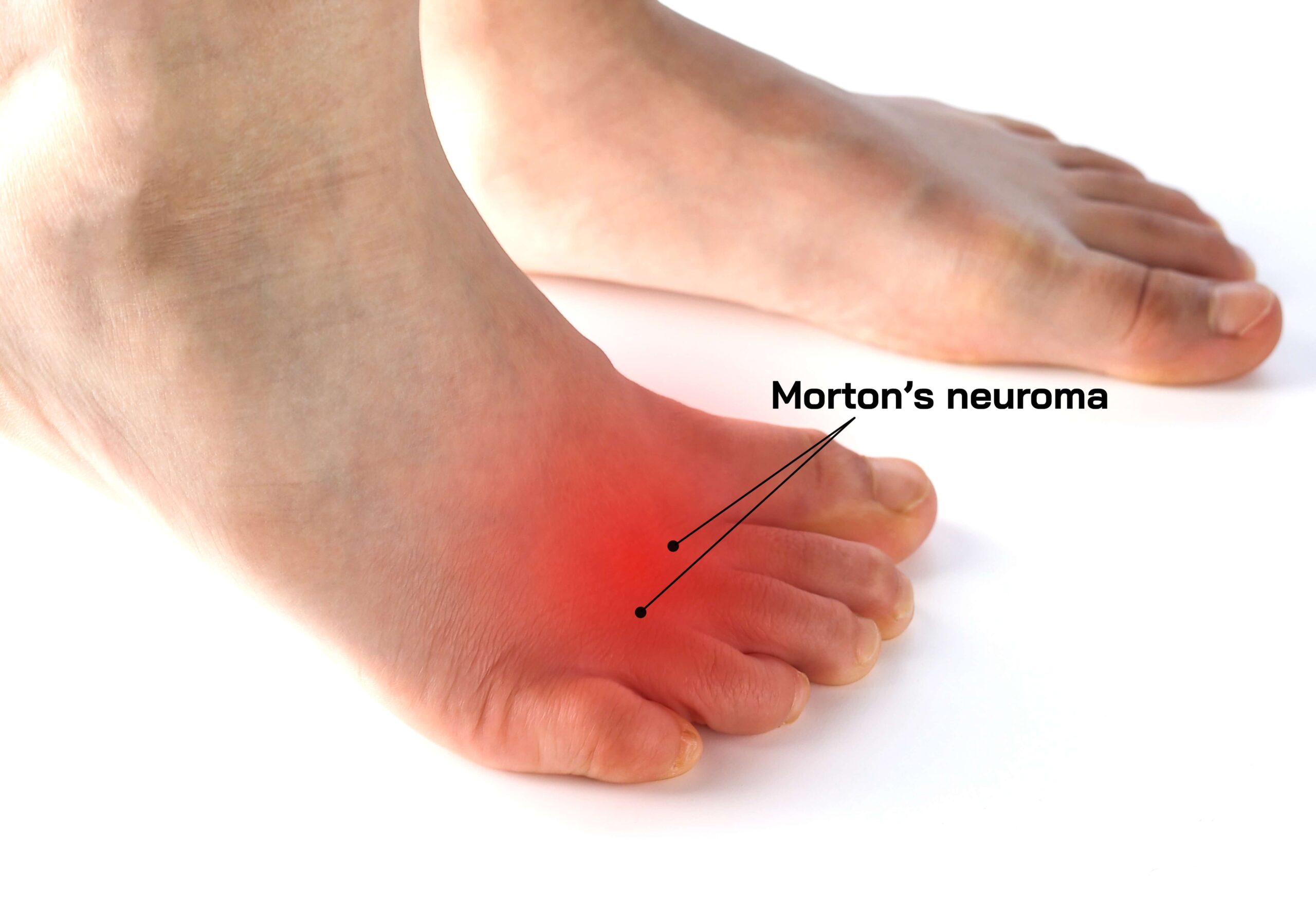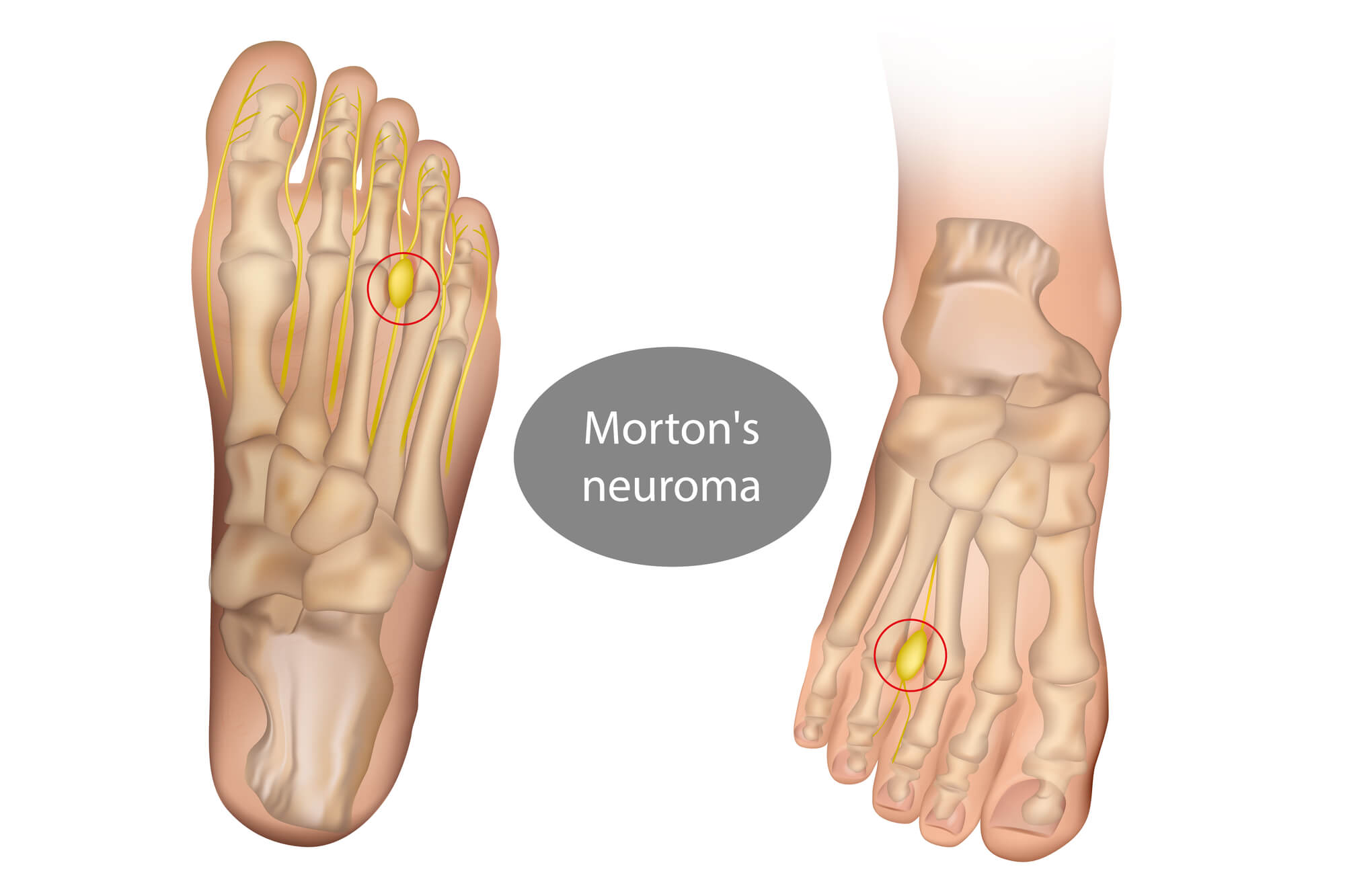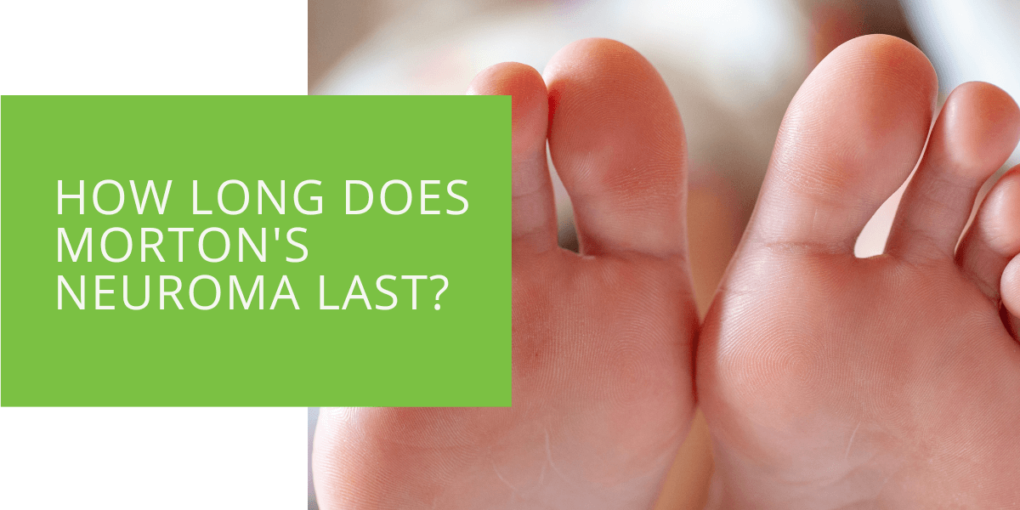How Long Does Morton’s Neuroma Last?
Morton's Neuroma is a distressing condition impacting the foot ball, specifically nestled between the third and fourth toes. This ailment arises from the thickening of the tissue surrounding the nerve leading to these toes, culminating in symptoms like persistent foot pain, numbness, or a tingling sensation. Although the symptoms and diagnosis of Morton's Neuroma are well-known, comprehending its duration and recovery trajectory is pivotal for effective management. In this comprehensive guide, we delve into the multifaceted factors influencing the duration of Morton's Neuroma and elucidate what patients can anticipate during the recovery phase.
Key Takeaways
- The duration of Morton's Neuroma recovery varies depending on factors such as treatment options, severity of the condition, and individual response.
- Non-surgical treatments like orthotic devices and physical therapy can alleviate symptoms, while surgical options may be necessary for severe cases.
- Open communication with a podiatrist and adherence to follow-up care is essential for optimizing recovery and managing expectations.
Factors Influencing the Duration
Impact of Treatment Options
Treatment modalities for Morton's Neuroma exhibit a broad spectrum, contingent upon factors such as the severity of the condition and patient preferences. Non-surgical interventions, for instance, entail:
- Orthotic Devices: Custom-fabricated inserts or pads alleviate pressure exerted on the affected nerve, thereby mitigating discomfort.
- Footwear Modifications: Adapting to shoes with a wider toe box or lower heel can significantly alleviate symptoms by reducing pressure on the ball of the foot.
- Physical Therapy: Prescribed exercises aimed at fortifying foot muscles and enhancing flexibility can contribute to symptom amelioration.
In instances where conservative measures fail to yield desired outcomes, more invasive alternatives may be contemplated, including:
- Injections: Corticosteroid injections administered around the nerve serve to assuage inflammation and provide transient relief from symptoms.
- Surgery: Surgical interventions, such as neurectomy, involve excision of the affected nerve to alleviate persistent pain and discomfort.
Orthotic devices and footwear modifications aim to alleviate pressure on the affected nerve, thereby mitigating discomfort and facilitating healing. Additionally, physical therapy plays a crucial role in enhancing foot muscle strength and flexibility, which can contribute to long-term symptom relief.
Severity of the Condition
The duration of Morton's Neuroma is inherently intertwined with the severity of the condition. Podiatrists often categorize Morton's Neuroma based on the size of the affected nerve and the intensity of symptoms experienced by the patient. A smaller neuroma with mild symptoms may typically resolve more expeditiously with conservative treatment. Conversely, a larger neuroma or one inducing significant pain may necessitate more aggressive intervention and subsequently entail a prolonged recovery period.
The severity of Morton's Neuroma is a pivotal determinant of the duration of the condition. Podiatrists utilize various diagnostic tools, such as ultrasound imaging, to assess the size of the affected nerve and formulate an appropriate treatment plan tailored to the patient's specific needs.

Typical Timeframes for Recovery
Immediate Post-Treatment Period
Patients may encounter transient discomfort or pain after undergoing treatment, whether surgical or non-surgical. This post-treatment discomfort is a customary aspect of the healing process and can be effectively managed through prescribed medications and adequate rest. Adherence to the podiatrist's post-operative or post-treatment directives is imperative to expedite healing and minimize the likelihood of complications.
During the immediate post-treatment period, patients may be advised to refrain from weight-bearing activities or strenuous exercise to facilitate healing. Utilization of assistive devices, such as crutches or supportive footwear, may also be recommended to alleviate pressure on the affected foot.
Short-Term Recovery
Patients can anticipate gradual amelioration of symptoms in the ensuing weeks following treatment. Pain and discomfort typically subside, and mobility may progressively improve. However, it is imperative to exercise caution and avoid subjecting the affected foot to undue stress during this recuperative phase. Patients may need to adhere to specific guidelines regarding footwear choices or engage in prescribed exercises to expedite recovery.
Short-term recovery from Morton's Neuroma treatment entails a gradual reduction in pain and discomfort, coupled with improvements in mobility and functionality. However, patients must refrain from engaging in activities that may exacerbate symptoms and impede healing.
Long-Term Outlook
While many patients experience substantial relief from Morton's Neuroma following treatment, it is imperative to acknowledge that the condition may necessitate ongoing management and vigilance. Continued monitoring for the recurrence of symptoms is crucial, as is addressing any underlying factors contributing to neuroma development, such as improper footwear or foot deformities. By adopting a proactive approach to foot health, patients can mitigate the risk of recurrence and sustain long-term relief from Morton's Neuroma.
Long-term management of Morton's Neuroma entails adopting preventative measures to minimize the likelihood of symptom recurrence. This may include wearing supportive footwear, utilizing orthotic devices, and practicing proper foot care techniques to alleviate pressure on the affected nerve.
Individual Variations in Recovery
Patient-Specific Factors
The recovery trajectory from Morton's Neuroma is inherently influenced by patient-specific variables, including:
- Overall health and wellness
- Lifestyle choices, including footwear habits
- Compliance with prescribed treatment modalities
Patient-specific factors play a pivotal role in determining the duration and efficacy of recovery from Morton's Neuroma. Individuals with pre-existing health conditions or lifestyle habits that exacerbate symptoms may experience a prolonged recovery period.
Response to Treatment
The responsiveness to treatment modalities can significantly impact the duration and outcome of recovery. While some patients may experience immediate relief from symptoms, others may necessitate a more gradual progression towards symptom amelioration. Podiatrists may need to tailor the treatment plan based on the patient's response and ongoing evaluation to optimize outcomes.
The efficacy of treatment for Morton's Neuroma is contingent upon individual responsiveness, with some patients experiencing rapid relief from symptoms while others may require a more protracted recovery period. Podiatrists employ a personalized approach to treatment, incorporating patient feedback and monitoring to optimize outcomes.

Managing Expectations and Follow-Up Care
Communicating with Your Podiatrist
Open and transparent communication with your podiatrist is paramount throughout the recovery process. Patients should feel empowered to voice any concerns or queries regarding their treatment and progress. Podiatrists can offer invaluable guidance and support, ensuring that patients are well-informed and reassured throughout their journey to recovery.
Effective communication between patients and podiatrists fosters a collaborative approach to treatment, empowering patients to actively participate in their recovery process and make informed decisions regarding their foot health.
Importance of Follow-Up Visits
Regular follow-up appointments allow podiatrists to monitor the recovery progress and make any necessary adjustments to the treatment plan. These visits serve as a forum for patients to discuss any changes in symptoms or concerns, facilitating timely intervention and optimizing outcomes.
Follow-up visits play a crucial role in ensuring the efficacy of treatment for Morton's Neuroma by allowing podiatrists to monitor the healing process, address any emerging concerns, and make appropriate adjustments to the treatment plan as needed.
Conclusion
Many factors, including treatment modalities, the severity of the condition, and individual variations in response to treatment, influence the duration of Morton's Neuroma. At ePodiatrists, we are committed to providing personalized care tailored to your unique needs, ensuring a swift and successful recovery from Morton's Neuroma. If you're experiencing foot pain or suspect you may have Morton's Neuroma, don't hesitate to schedule an appointment with us. Our experienced team of podiatrists will work collaboratively with you to develop a comprehensive treatment plan, enabling you to regain mobility and enjoy optimal foot health. Take the first step towards a pain-free future – schedule your appointment with ePodiatrists today!

